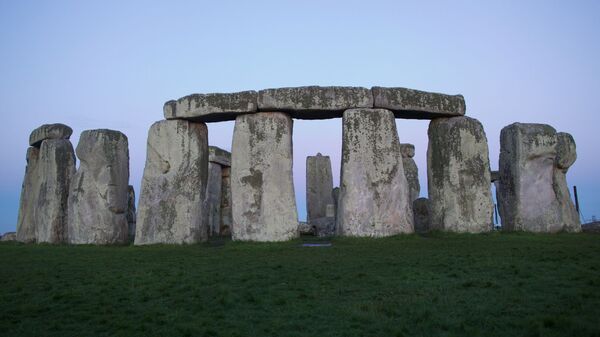The research, published at Cambridge Core, traced two smaller boulders of the ancient stone ring to two quarries in Preseli Hills in western Wales.
While scientists have long known the stones came from this region, the new study determined the rocks were carved from the northern side of the hills — in quarries called Carn Goedog and Craig Rhos-y-felin. This debunks research from 1923 by famous British geologist H.H. Thomas.
"By going back and looking in detail at the actual samples he studied, we have been able to show that none of [Thomas'] proposals stand up to scrutiny," geologist Richard Bevins of the National Museum Wales said in an interview.
Fascinating story: #Stonehenge ‘bluestone’ quarries confirmed 140 miles away in Wales https://t.co/6aIGihslvn pic.twitter.com/grGgpguLV2
— Andy Brown (@AndyBrown1_) 11 февраля 2018 г.
Megaliths from #Stonehenge have been traced to this Quarry in Preseli Hills, Pembrokeshire, #Wales… 180 miles away! The ease of quarrying there probably led to circles locally which were then dragged to Wiltshire and placed by Glastonbury. 🌟☄️ pic.twitter.com/NVNwAGBPe9
— Jah💜Sun (@Omniverse9) 23 февраля 2019 г.
In order to compare the stones, researchers had to grind stones from Preseli Hills to dust and then compare their chemical signature to Stonehenge rocks via a process involving X-rays, Joshua Pollard of University of Southampton Archeology, the lead archaeologist on the study, said in an interview.
"It finally puts to rest long-standing arguments over whether the bluestones were moved by human agency or by glacial action," Pollard said.
Stonehenge rocks🇬🇧 pic.twitter.com/dyNkF4XSbo
— Laura Meyne (@LauraMeyne) 27 февраля 2019 г.
The researchers believe that the exact location of the quarries suggests that the rocks were likely dragged on land from Preseli Hills to Salisbury Plain, where Stonehenge stands. Earlier research speculated that the rocks might have been transported via rivers.
The researchers now want to examine organic remains at the Stonehenge site to compare them with those found in western Wales, according to a CNN report.

